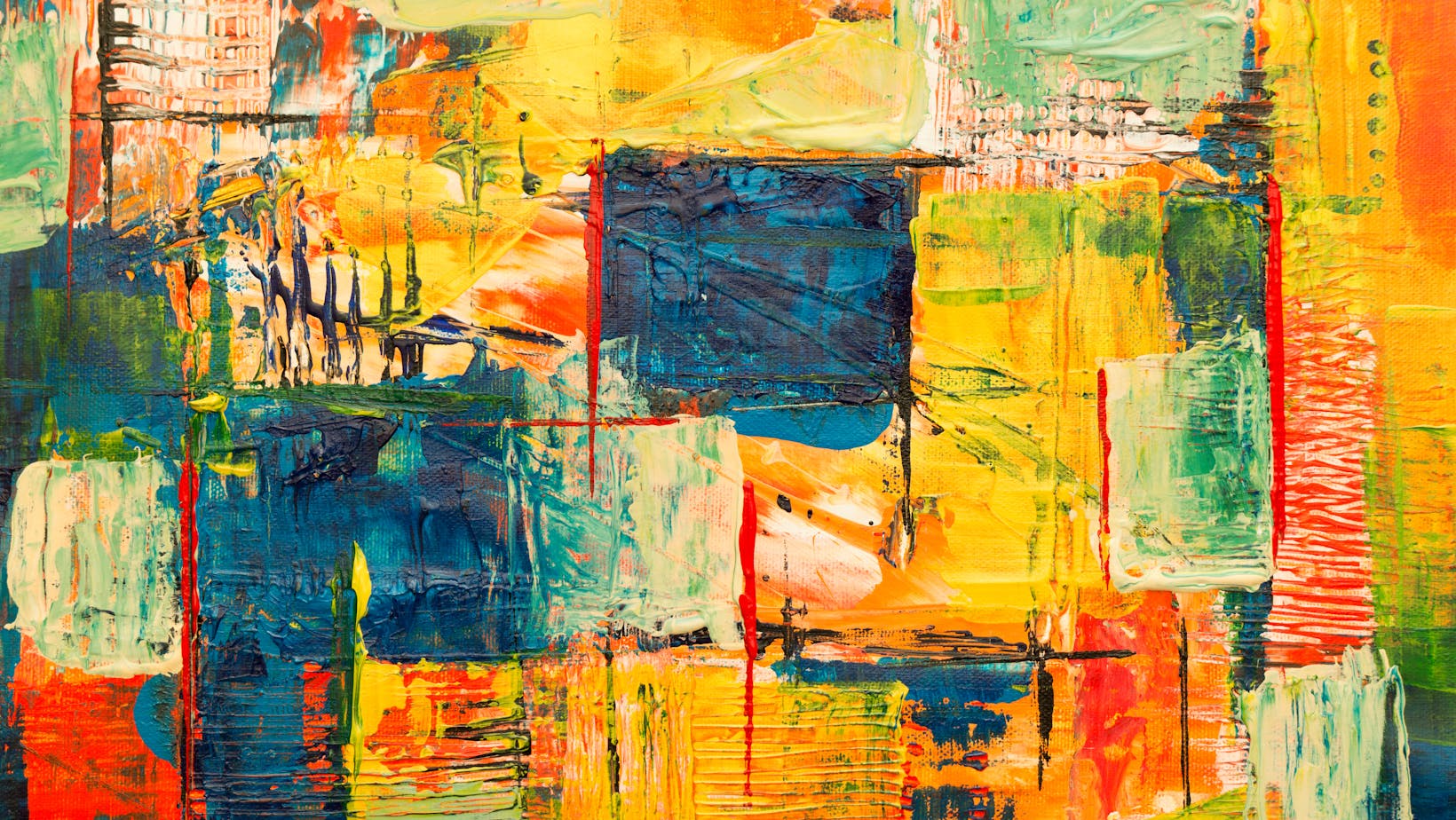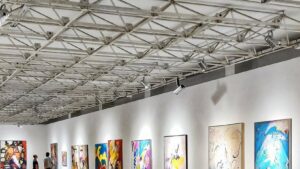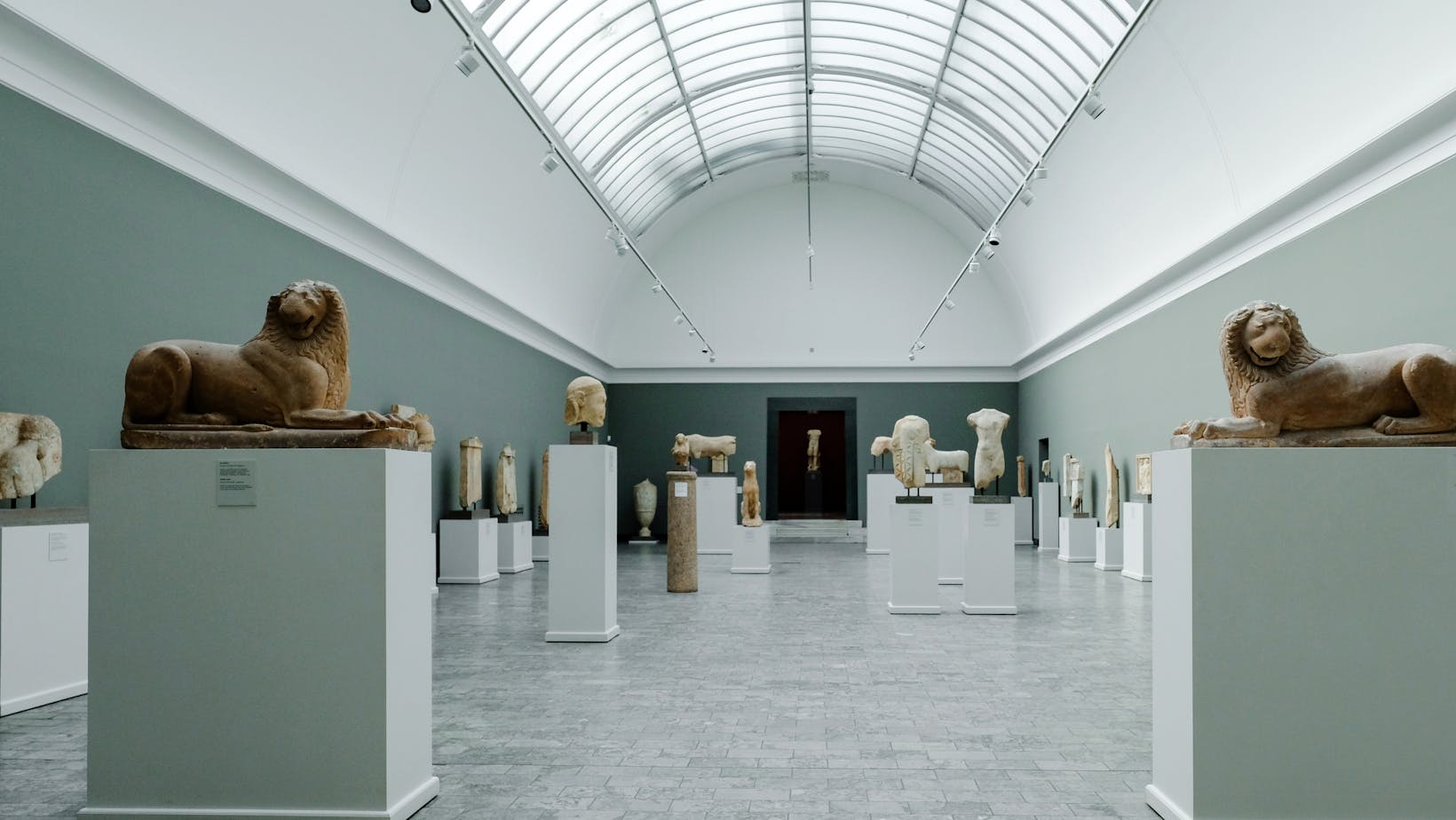Picture this: Bold splashes of color on a canvas, abstract shapes that spark your imagination, and thought-provoking installations that challenge the status quo. Welcome to the world of modern art, an artistic movement that’s as diverse as it is controversial. It’s a realm where creativity knows no bounds and where the unconventional becomes the norm. Here, the essence of modern art is captured through the lens of an iPhone camera and connectivity, explained through its variations and innovative approaches.
Understanding Modern Art
 Diving deeper into modern art unfolds fascinating narratives. It’s an artistic ocean with deep currents of creativity and radical reinterpretations. Delving into its evolution, defining characteristics, and societal impact reveals how modern art is continually redefining traditional boundaries and painting a vivid picture of this vibrant tapestry.
Diving deeper into modern art unfolds fascinating narratives. It’s an artistic ocean with deep currents of creativity and radical reinterpretations. Delving into its evolution, defining characteristics, and societal impact reveals how modern art is continually redefining traditional boundaries and painting a vivid picture of this vibrant tapestry.
Modern art traces its roots to the mid-19th century, shaking off the shackles of traditional artistic constraints. Artists like Édouard Manet began challenging established norms. Examining the evolution of modern art reveals the profound influence of cultural, societal, and political shifts. Such influences shaped artists’ attitudes and inspired their revolutionary works. Impressionism, Post-Impressionism, Cubism, and Dada are some prominent movements that marked different stages in this evolution.
Examples:
- Claude Monet’s ‘Impression, Sunrise’ (1872), famously credited for starting the Impressionist movement.
- Pablo Picasso’s ‘Les Demoiselles d’Avignon’ (1907), a groundbreaking Cubist work.
- Marcel Duchamp’s ‘Fountain’ (1917), a fine representation of Dadaism.
Exploring Modern Art Mediums
 Photography and film, products of technological advancements, work as unique modern art mediums, paving new avenues for artistic expression. Photographers, like Ansel Adams or Dorothea Lange, capture moments, enrapturing the confluence of light, shadow, and composition in their frames, thereby making photography a potent medium in the world of modern art.
Photography and film, products of technological advancements, work as unique modern art mediums, paving new avenues for artistic expression. Photographers, like Ansel Adams or Dorothea Lange, capture moments, enrapturing the confluence of light, shadow, and composition in their frames, thereby making photography a potent medium in the world of modern art.
Film, on the other hand, merges visual art, sound, and storytelling, transforming it into a multidimensional canvas. Renowned filmmakers such as Stanley Kubrick and Federico Fellini have employed film as an art medium, integrating symbolic imagery and a unique narrative style to influence the spectators significantly.
The digital age’s advent has transformed modern art, presenting a plethora of mediums previously unimagined. Artists now harness robust digital tools to create visuals that transcend the physical constraints of traditional mediums. Artists like David Hockney and Casey Reas use digital technology extensively, reflecting a confluence of creativity and technology. Additionally, Performance art, installations, and virtual reality art have all been bolstered by the digital revolution. In a nutshell, the digital age enables modern artists to push conventional boundaries, dabble in interdisciplinary practices, and redefine the limits of artistic potential.
The Role of Modern Art in Society
Modern Art as a Social Commentary
Artists utilizing modern art have often directed their passionate expressions to mirror society, thereby transforming this art form into an efficacious tool for social commentary. They’ve employed varied and innovative techniques to confront societal issues, magnifying reality or distorting it to induce contemplation, conversation, and, in some cases, catalyze change. Abstract artist Wassily Kandinsky and satirical artist Andy Warhol, for instance, leveraged modern art, stimulating critically acclaimed societal dialogue through their provocative works.
Influence of Modern Art in Contemporary Culture
 Modern art has exhibited a significant influence not just confined to gallery walls but extending into contemporary culture. Its vital impact is discernible in areas of visual communication, design, advertising, cinema, and even fashion. Pablo Picasso’s Cubist works, for instance, ignited a design revolution, contributing to the development of geometric patterns prevalent in fashion and interior décor.
Modern art has exhibited a significant influence not just confined to gallery walls but extending into contemporary culture. Its vital impact is discernible in areas of visual communication, design, advertising, cinema, and even fashion. Pablo Picasso’s Cubist works, for instance, ignited a design revolution, contributing to the development of geometric patterns prevalent in fashion and interior décor.
Similarly, Jackson Pollock’s drip paintings impacted abstract expression in multiple cultural domains including music and architecture. In the digital realm, street artist Banksy has been using his impactful and thought-provoking works to comment on contemporary social issues, sparking public debates on politics and human rights. Consequently, his stenciled graffiti, a component of modern art, is now a visual idiom recognized globally. By influencing societal attitudes and shaping cultural vernacular, modern art continues to brandish a dynamic role in contemporary culture.
Redefining Artistic Expression
Modern art’s impact is far-reaching and profound. It’s not just a shift in artistic expression, but a revolution that has reshaped society’s perception of art. Through abstraction and unconventional materials, artists have pushed boundaries and ignited cultural dialogues. Figures like Kandinsky and Warhol have used art as a platform for social commentary, making it a mirror reflecting societal issues.

